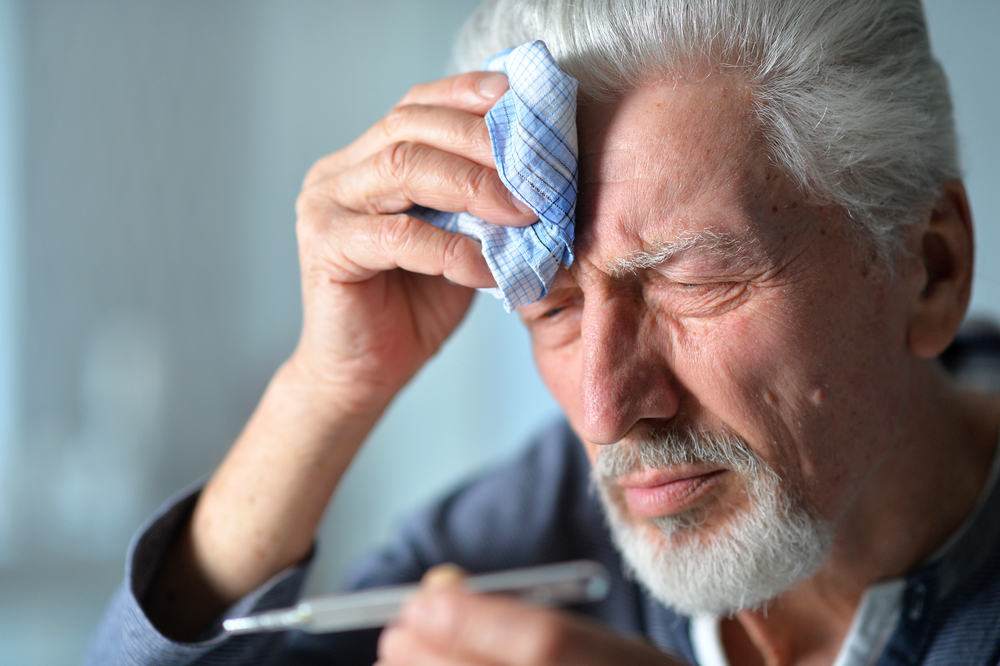Insensitivity to pain is extremely rare, and while it might sound good if you’re about to go to the dentist, the disorder is quite dangerous. Pain is a major global health problem, though it does not mean that people who cannot feel it don’t suffer. Here are things you should know about a painful, pain-free life.
The disorder can affect emotions
People with CIP or congenital insensitivity to pain, and those with congenital insensitivity to pain with anhidrosis or CIPA, tend to experience decreased or absence of sweating. CIPA patients also show emotional and intellectual instability.
People commonly harm themselves
People with CIP or CIPA often hurt themself by accident. Some of the injuries include chewing on their tongues and fingers, especially noted among children. Burns are also common since people with this disorder likely cannot feel temperatures.
Lack of sense of smell
Many people who can’t feel pain also lack a sense of smell. This sensory problem, called anosmia, shows that there is nothing wrong with the nose, but the signal is not connected to the brain. The two were not connected for decades.
Lack of pain is linked to genetic mutation
A team of researchers identified a mutation in a gene called SCN11A. The protein Nav1.7 is responsible for stopping signals to feel pain in the brain. Although the disorder was recognized in the 1930s, these discoveries were only confirmed in the past two decades.
1 in 125 million
The condition is so rare that approximately one in 125 million people suffer from it. In the US, there are around 60 people with this disorder, while in Japan, the number is higher. Overall, there are only several hundred known cases worldwide. There is no data to suggest that one gender has a bigger chance of being born with this disorder.
Most people learned about the condition in a hit TV series
In one episode of House, MD, titled “Insensitive,” the series introduced a girl who could not feel pain after a car crash. The episode was featured in season 3 and aired on February 13, 2007.
The series got one thing wrong
Although House’s patient was a 16-year-old girl, in reality, patients usually die of untreated illnesses before they turn five. Getting to the teenage years without a diagnosis would be impossible due to accidental injuries. CIPA is especially dangerous, and in the majority of cases, the patient doesn’t live over the age of 25.
Prone to bone infection
People struggling with this condition often also have to deal with a bacterial bone infection known as osteomyelitis. Osteomyelitis causes inflammation or swelling of bone tissue, followed by fever, nausea, and tenderness. In children, osteomyelitis is easily treatable.
Degradation of joints and bones
Due to repeated injuries, people who cannot feel pain could suffer from Charcot joint or Charcot arthropathy. It is a chronic, devastating, and destructive disease of the bone structure and joints, and for those with chronic osteomyelitis, the outcome is not good.
Extreme fevers
Because most patients with CIPA cannot produce sweat to regulate temperature, they might face high fevers. Sweating helps cool the body temperature, and the lack of it leads to extremely high fevers (hyperpyrexia) and episodes brought on by high temperature (febrile seizures).
Skin and hair are also influenced
Most people who cannot feel pain have thick skin on their palms, known as lichenification. Their fingernails and toenails could also suffer deformations and have weak muscle tone while they are children. Some have patches on their scalp where hair does not grow (hypotrichosis).
Invisible disability
Not being able to experience pain is an invisible disability. Additionally, most people with this disorder have hyperactivity or emotional instability and experience intellectual disability and learning difficulties. Children can experience seizures that typically last several minutes and are followed by over 100.4 degrees F fever.
No cure
There is no cure for this condition, though the studies from 2011 and 2013 give hope that there will be in the future. For now, people with this condition usually live with parents and caretakers to prevent accidental injuries. Specialists from various fields can help with the disorder’s management.






